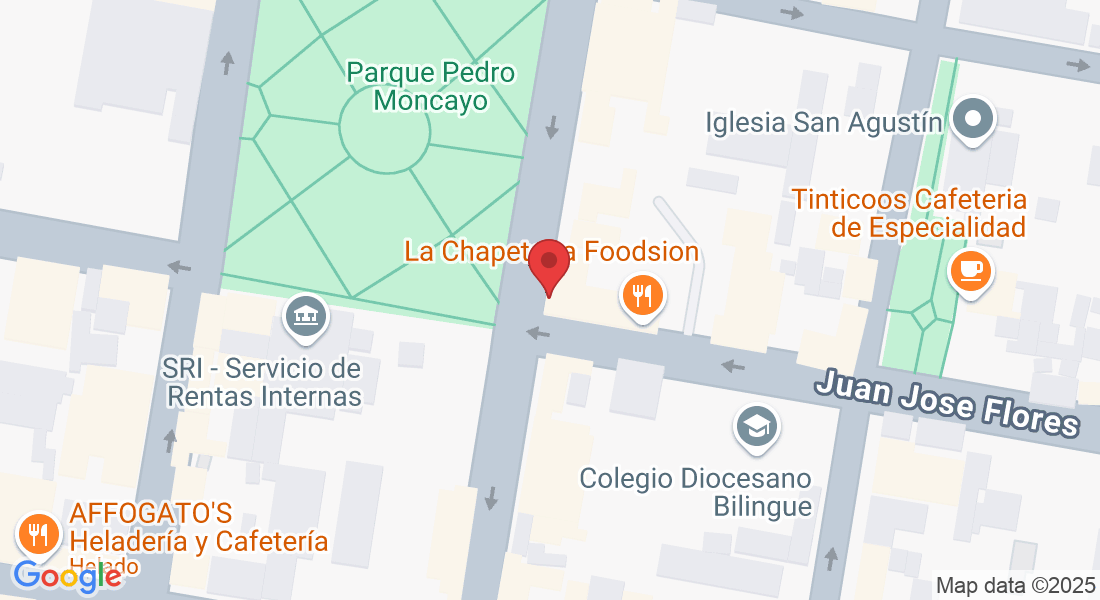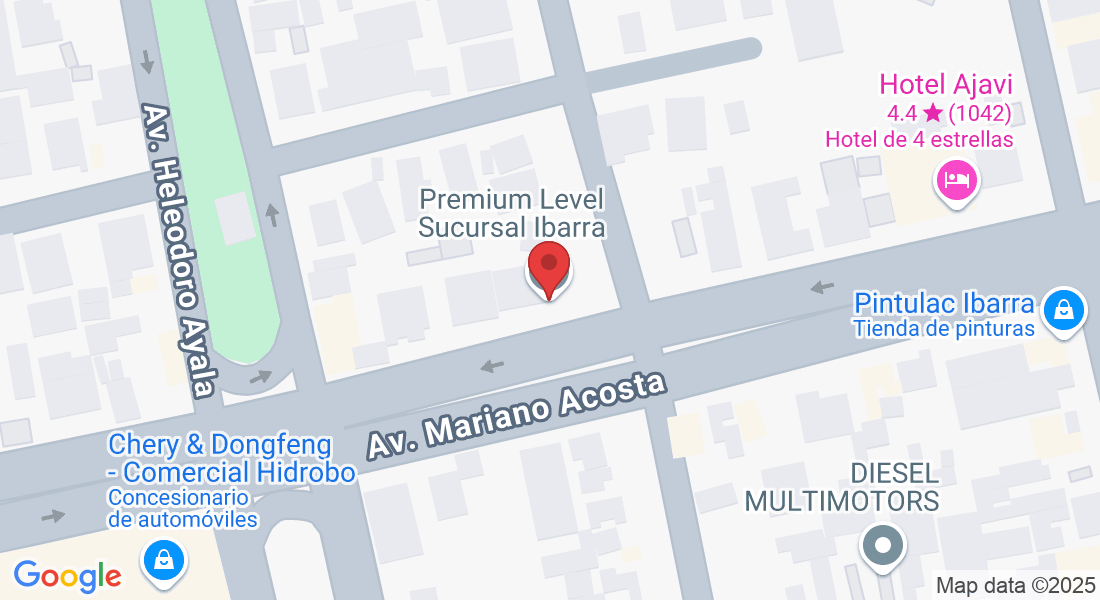
The Evolution of St. Patrick's Day: From Religious Celebration to Global Festival
St. Patrick's Day, celebrated on March 17th, has evolved from a religious holiday honoring the patron saint of Ireland into one of the most globally recognized celebrations. Its meaning, scope, and traditions have changed over time, adapting to different cultures and geographies.
El Día de San Patricio, celebrado el 17 de marzo, ha pasado de ser una festividad religiosa en honor al santo patrono de Irlanda a convertirse en una de las celebraciones más reconocidas a nivel mundial. Su significado, alcance y tradiciones han evolucionado con el tiempo, adaptándose a distintas culturas y geografías.
Religious Origins in Ireland / Orígenes Religiosos en Irlanda
Saint Patrick was a Christian missionary and bishop who played a key role in the Christianization of Ireland during the 5th century. It is said that he used the shamrock to explain the concept of the Holy Trinity and that he drove the snakes out of the island (although this is more myth than reality). After his death on March 17th, 461 AD, the date became a religious commemoration.
San Patricio fue un misionero cristiano y obispo que jugó un papel clave en la cristianización de Irlanda durante el siglo V. Se dice que utilizó el trébol para explicar el concepto de la Santísima Trinidad y que expulsó a las serpientes de la isla (aunque esto es más un mito que una realidad). Tras su muerte el 17 de marzo del 461 d.C., la fecha se convirtió en una conmemoración religiosa.
For centuries, St. Patrick's Day was a solemn occasion in Ireland, focused on Masses and spiritual reflection. It was a day of fasting and prayer, and its celebration was restricted to the religious sphere.
Durante siglos, el Día de San Patricio fue una jornada solemne en Irlanda, centrada en misas y reflexión espiritual. Era un día de ayuno y oración, y su celebración estaba restringida al ámbito religioso.

Expansion and Transformation in the Irish Diaspora / Expansión y Transformación en la Diáspora Irlandesa
With Irish emigration, especially during the Great Famine of the 19th century, St. Patrick's Day took on a more festive character in countries like the U.S., Canada, and Australia. Irish communities abroad celebrated with parades and banquets, strengthening their cultural identity and sense of community.
Con la emigración irlandesa, especialmente durante la Gran Hambruna del siglo XIX, San Patricio adquirió un carácter más festivo en países como EE.UU., Canadá y Australia. Los irlandeses en el extranjero celebraban con desfiles y banquetes, fortaleciendo su identidad cultural y sentido de comunidad.
The first major St. Patrick's Day parade took place in New York in 1762, organized by Irish soldiers. Over time, it grew in size and became a massive event attracting people of all nationalities.
El primer gran desfile de San Patricio ocurrió en Nueva York en 1762, organizado por soldados irlandeses. Con el tiempo, creció en magnitud y se convirtió en un evento multitudinario que atrajo a personas de todas las nacionalidades.

The Commercialization and Globalization of the Celebration / La Comercialización y Globalización de la Fiesta
In the 20th century, St. Patrick's Day transformed from being a mostly Irish event to a global celebration. In the 1990s, the Irish government began actively promoting St. Patrick's Day as an opportunity to boost tourism and Irish culture internationally.
Durante el siglo XX, la celebración de San Patricio pasó de ser un evento mayormente irlandés a una fiesta de alcance global. En los años 90, el gobierno irlandés comenzó a promover activamente el Día de San Patricio como una oportunidad para impulsar el turismo y la cultura irlandesa a nivel internacional.
Today, countries around the world light up their monuments in green and organize special events. Cities like Chicago, Buenos Aires, Tokyo, and London celebrate with parades, concerts, and festivities, where the religious connection has diminished, transforming it into an excuse to enjoy food, drinks, especially beer and Irish whiskey.
Hoy en día, países de todo el mundo iluminan sus monumentos en verde y organizan eventos especiales. Ciudades como Chicago, Buenos Aires, Tokio y Londres celebran con desfiles, conciertos y festividades, donde la conexión religiosa ha disminuido, transformándose en una excusa para disfrutar de comida, bebida, especialmente cerveza y whisky irlandés.

The Future of St. Patrick's Day / El Futuro del Día de San Patricio
Today, St. Patrick's Day is a multicultural celebration that transcends its religious origins. Its evolution shows how a tradition can transform and adapt to different contexts, maintaining its essence while incorporating new elements.
Hoy en día, el Día de San Patricio es una fiesta multicultural que trasciende sus orígenes religiosos. Su evolución demuestra cómo una tradición puede transformarse y adaptarse a diferentes contextos, manteniendo su esencia mientras incorpora nuevos elementos.
However, some argue for the need to preserve the historical and cultural significance of the celebration, rather than seeing it merely as an excuse for parties and mass consumption. The key will be to find a balance between celebrating Irish identity and global fun.
Sin embargo, hay quienes defienden la necesidad de preservar el significado histórico y cultural de la celebración, en lugar de verla solo como una excusa para fiestas y consumo masivo. La clave estará en encontrar un equilibrio entre la celebración de la identidad irlandesa y la diversión global.
Regardless of how it is celebrated, St. Patrick's Day remains a day to honor Irish heritage, bringing millions of people together in a spirit of community and joy.
Independientemente de cómo se celebre, San Patricio sigue siendo un día para honrar la herencia irlandesa, reuniendo a millones de personas en un espíritu de comunidad y alegría.

Juego Interactivo: https://wordwall.net/es/resource/88493161
Happy St. Patrick's Day! 🍀 / ¡Feliz Día de San Patricio! 🍀








